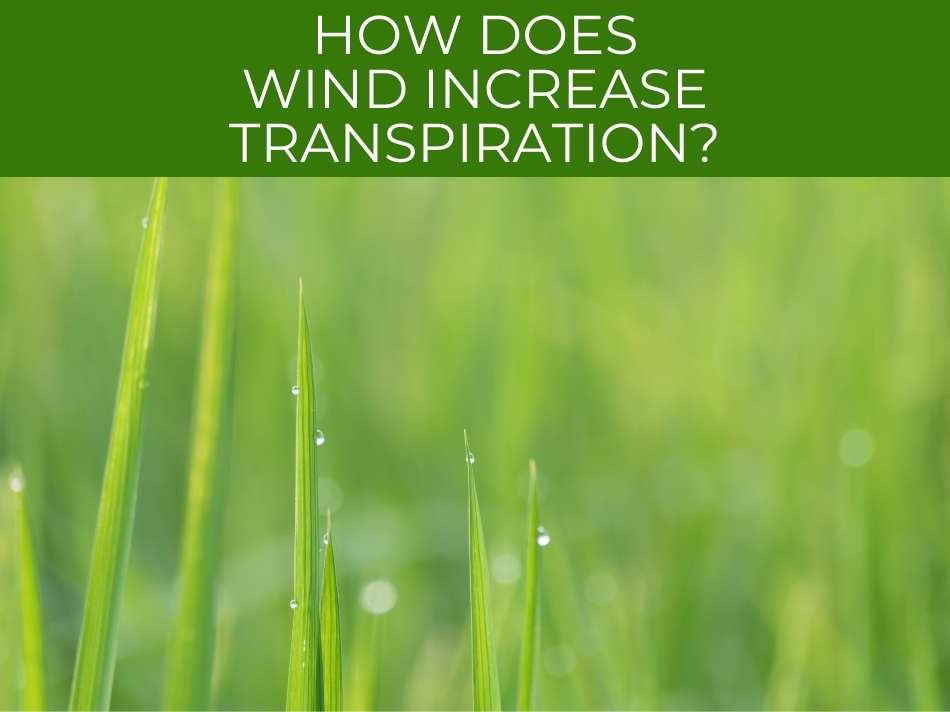Transpiration is the movement of water vapor out of a plant. It sounds like a simple process, but there are different factors that affect the rate at which it occurs. One of these is wind.
Wind increases transpiration by more quickly removing the layer of water vapor on the surface of leaves. When wind moves a leaf, this layer is removed, which means transpiration increases. With less wind, the boundary layer of water remains at the leaf surface, decreasing transpiration.
Transpiration depends on how wide the stomata in a plant open. This is controlled by the guard cells that control the stomata, the pores in the epidermis of leaves. Read on to see why wind is one of the factors that affect how wide the stomata are allowed to open
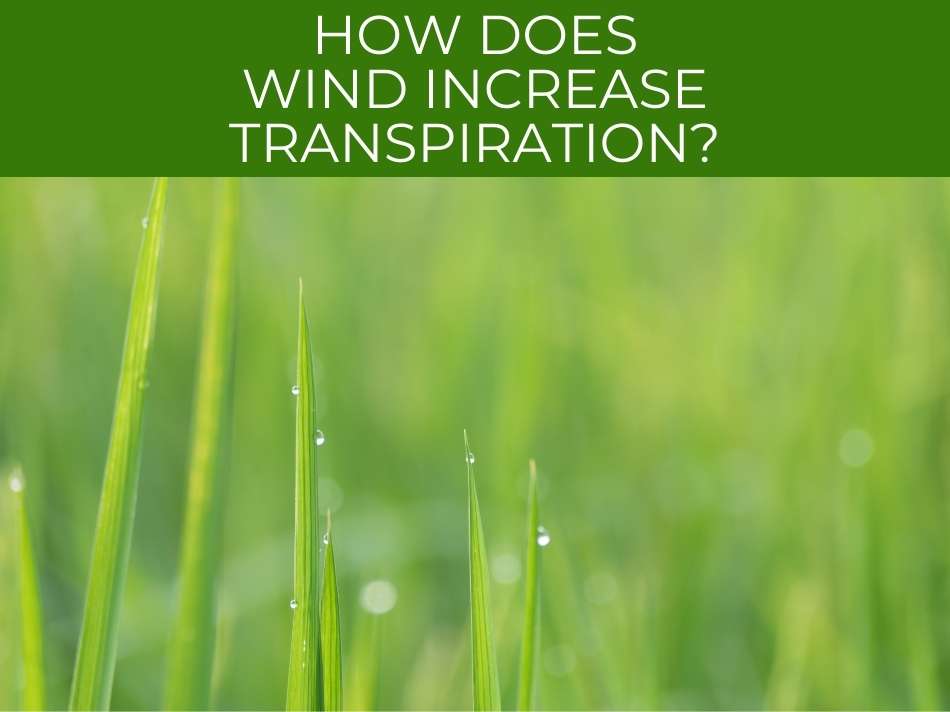
How does wind increase transpiration?
Wind increases transpiration in plants by removing the boundary layer of water vapor at the leaf surface. This makes the leaves drier and allows the water to move more quickly to the drier areas outside of the plant.
The thin layer of water vapor covering the surface of a leaf is the boundary layer, through which water vapor has to diffuse..
When a plant is moved by the wind, the boundary layer also moves and the leaf is left uncovered.
This makes the air outside the leaf drier, which creates a steeper gradient for the water in the plant and it moves at an increased speed towards the leaves.
More water vapor escapes out of the stomata directly into the air, as it is not necessary to diffuse.
This increases the rate of transpiration.
Find out how plants contribute to the water cycle.
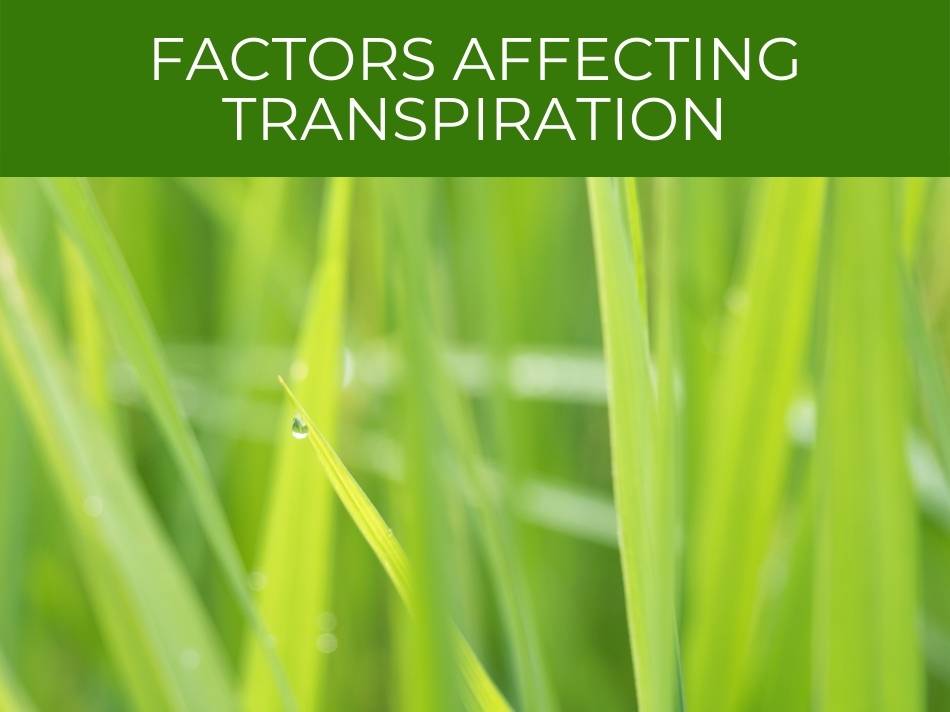
Factors affecting transpiration
There are 4 important factors affecting transpiration: temperature, humidity, wind, and light intensity. Increased transpiration is caused by higher temperature, lower humidity, increased wind, and brighter light intensity.
Transpiration in a plant depends on the way the guard cells control the stomata on the leaves of the plant.
This is affected by different factors: temperature, humidity, light, and wind.

Light
When a plant is exposed to a lot of light, it is stimulated to increase the rate of photosynthesis, because it needs the energy for the process.
As the energy increases, the stomata open wider, and more water vapor can escape from the plant.
Thus light can increase the rate of transpiration.
In lower light conditions, there is less sunlight, so the stomata do not open as wide.
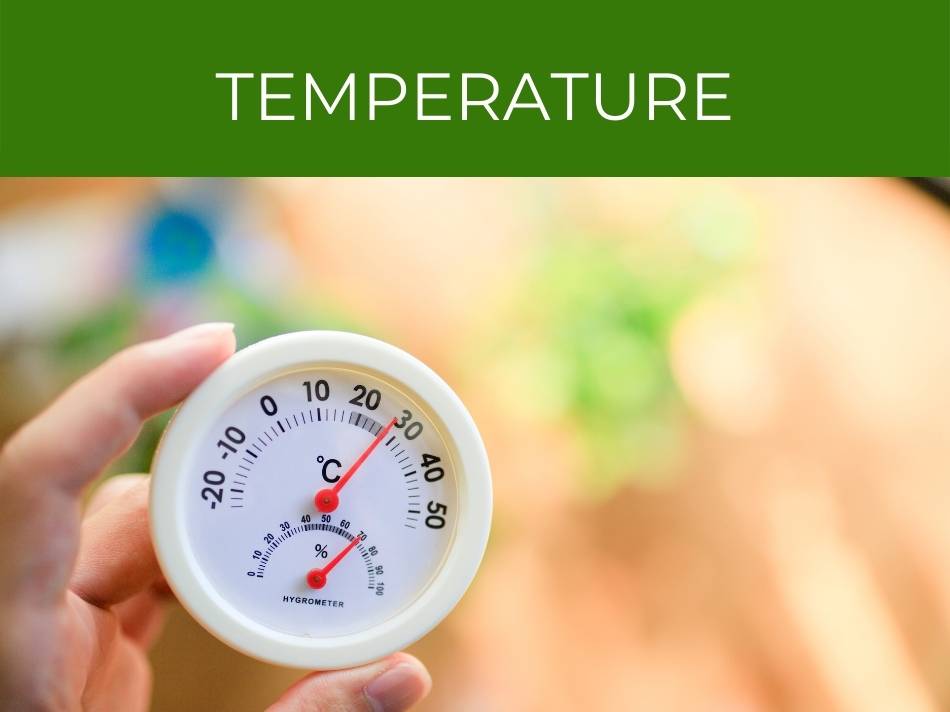
Temperature
When the temperature is high, the air outside the plant is capable of holding a great amount of water vapor.
This increases the rate at which water travels up through the plant.
When the guard cells around the stomata sense this, they open the stomata, so that the water vapor can diffuse into the atmosphere.
When the temperature is lower, the air can hold less water vapor and the rate at which the water travels through the air is slower.
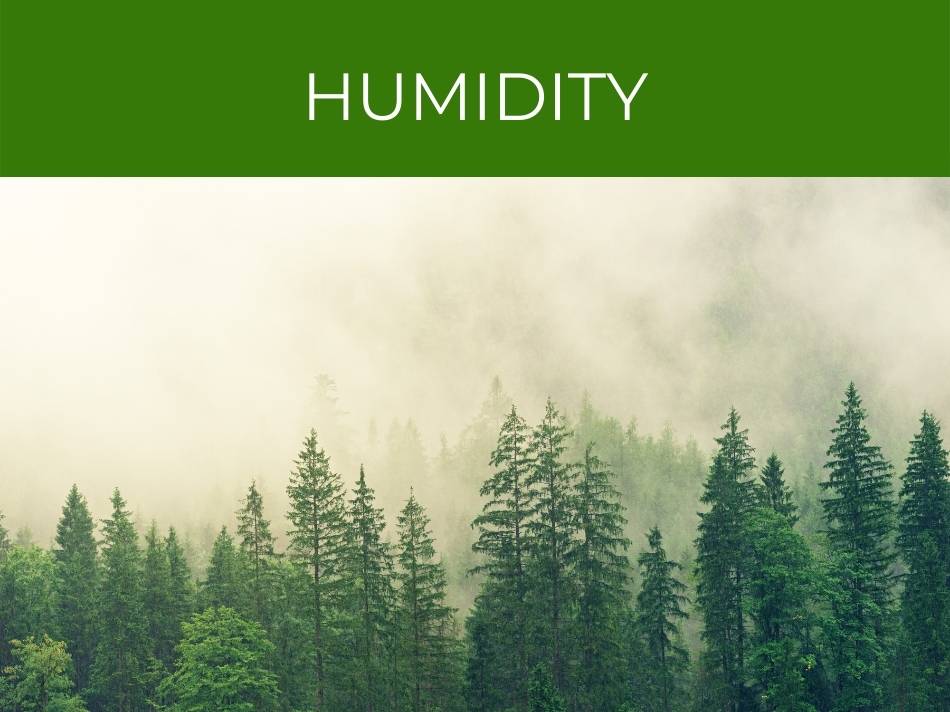
Humidity
Humidity refers to the relative amount of water vapor in the air.
When this is higher, less water vapor escapes from a plant, because the gradient along which the water moves is less steep and transpiration decreases.
When the relative humidity is lower, the outside of the leaf is drier, which means that the gradient for water flow is steeper, so the speed at which water moves through a plant is higher and transpiration increases.
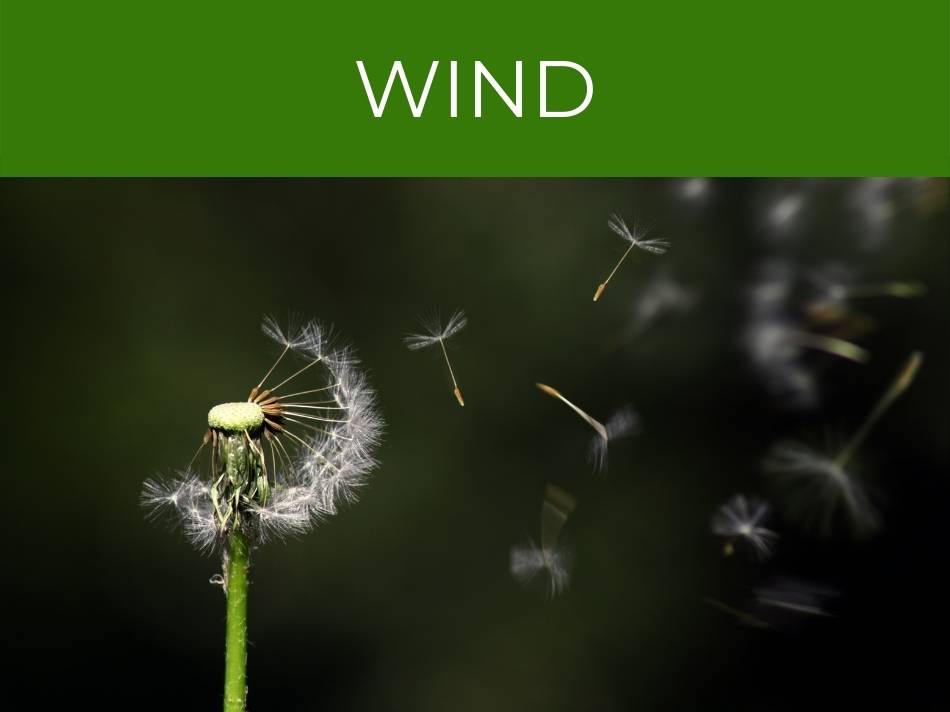
Wind
The boundary layer of water vapor that covers the surface of a leaf effectively slows down the rate of transpiration slightly, as the water vapor must diffuse through it to get out of the plant.
Wind removes the boundary layer, making the surface of the leaf drier.
The gradient along which water travels through a plant increases, as it senses the dryness of the leaves.
The water vapor can also escape directly into the atmosphere.
This increases the rate of transpiration.
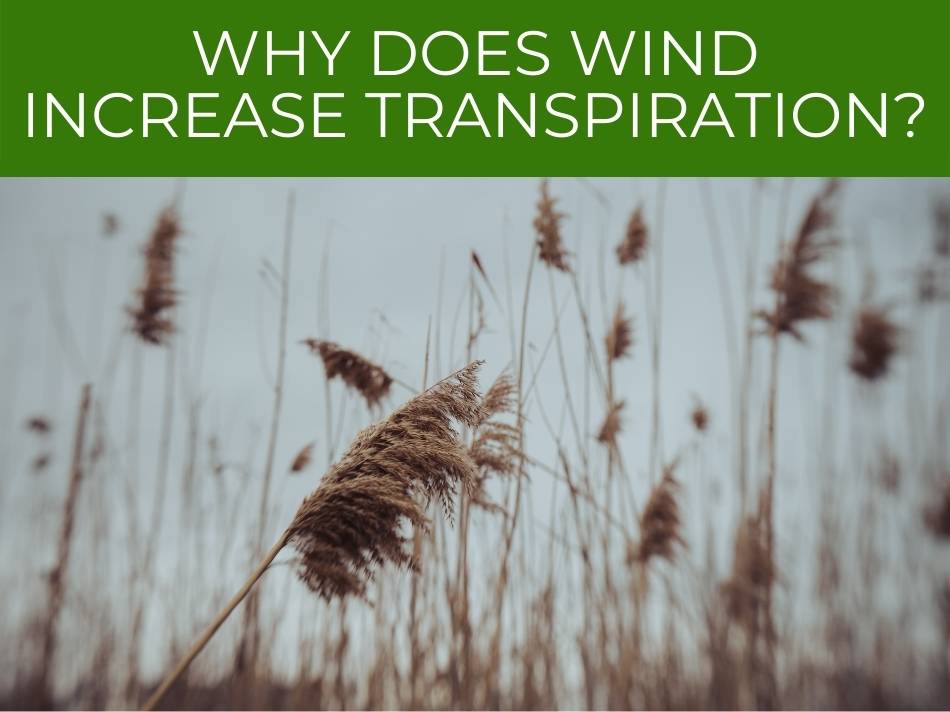
Why does wind increase transpiration?
Wind increases transpiration because it removes the boundary layer of water vapor on the surface of leaves. As a result, water vapor can travel out of the leaf more quickly into the air. It also dries the leaf, which means it attracts more water vapor.
The barrier layer of water vapor that covers a leaf is what water vapor has to diffuse to get out into the atmosphere.
When wind moves the plant, this layer is removed.
The surface of the leaf is drier, which stimulates the guard cells to open the stomata wider.
There is a steeper gradient along which the water can travel through the plant and more water vapor can move directly into the atmosphere.
More water vapor moves out of the stomata directly into the atmosphere.
The rate of transpiration is increased.
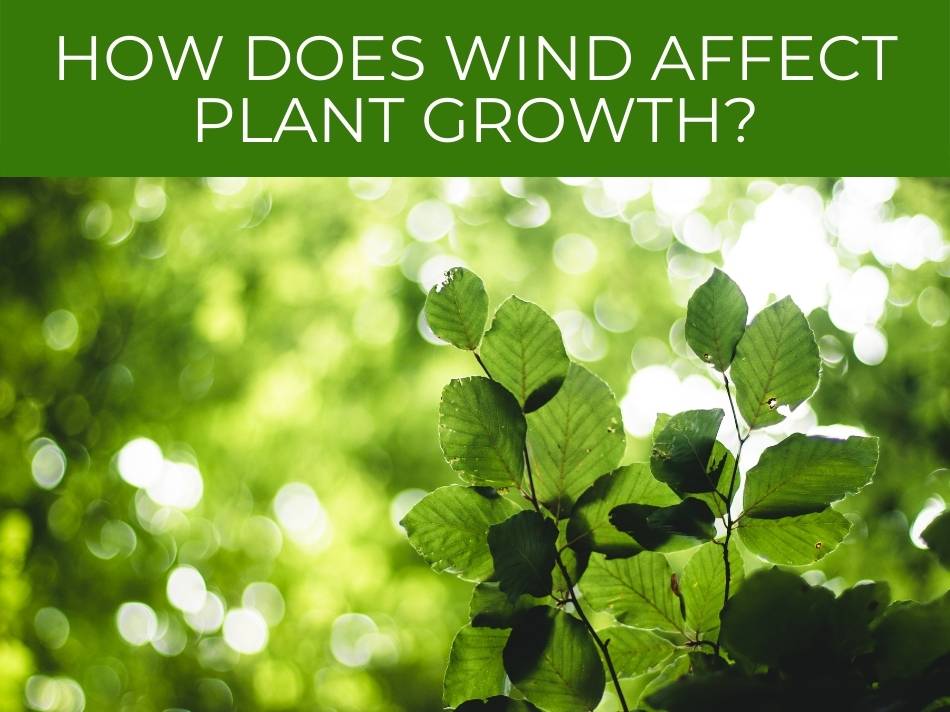
How does wind affect plant growth?
Wind affects the growth of plants by effectively increasing photosynthesis, which means the plant produces more glucose. When the wind pushes a plant, a growth hormone, called auxin, is released, thus stimulating vegetative growth.
One of the effects wind has on a plant is to stimulate the release of an auxin hormone, which is responsible for growth.
This stimulates supporting cells to grow, so the stem becomes stronger.
Wind also removes the boundary layer of water vapor on a leaf, which stimulates the guard cells to open the stomata wider.
This allows more sunlight to be absorbed by the chloroplasts in the cells.
It also allows more carbon dioxide to enter the plant.
The energy from the sunlight and the carbon dioxide increase the rate of photosynthesis and the plant grows stronger more quickly.
Find out the inputs of photosynthesis.
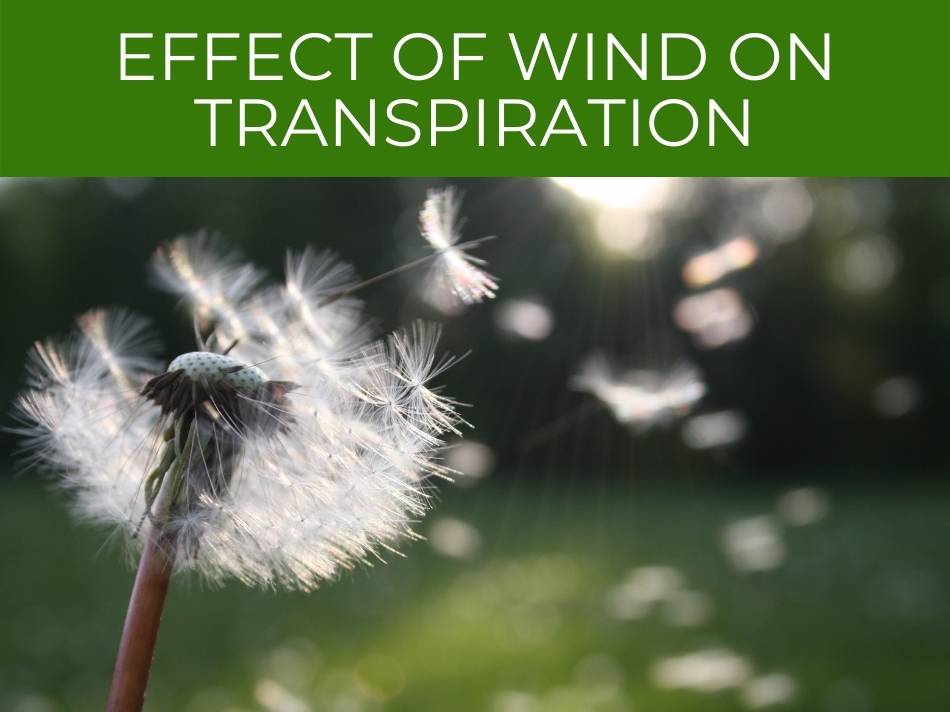
Effect of wind on transpiration
Wind blowing over the surface of a plant’s leaves removes the boundary layer of water vapor, so the water vapor coming out of the stomata has less distance to travel when it leaves the plant. This increases the rate of transpiration.
When wind moves a plant, the boundary level of water vapor covering the plant is moved.
Rather than diffusing, the water vapor moves directly into the atmosphere, which effectively increases the rate of transpiration.
When the boundary layer is removed, the leaf also becomes drier, attracting the water to the surface more quickly.
The guard cells simultaneously open the stomata wider and more water vapor escapes, which also means that the rate of transpiration is increased.
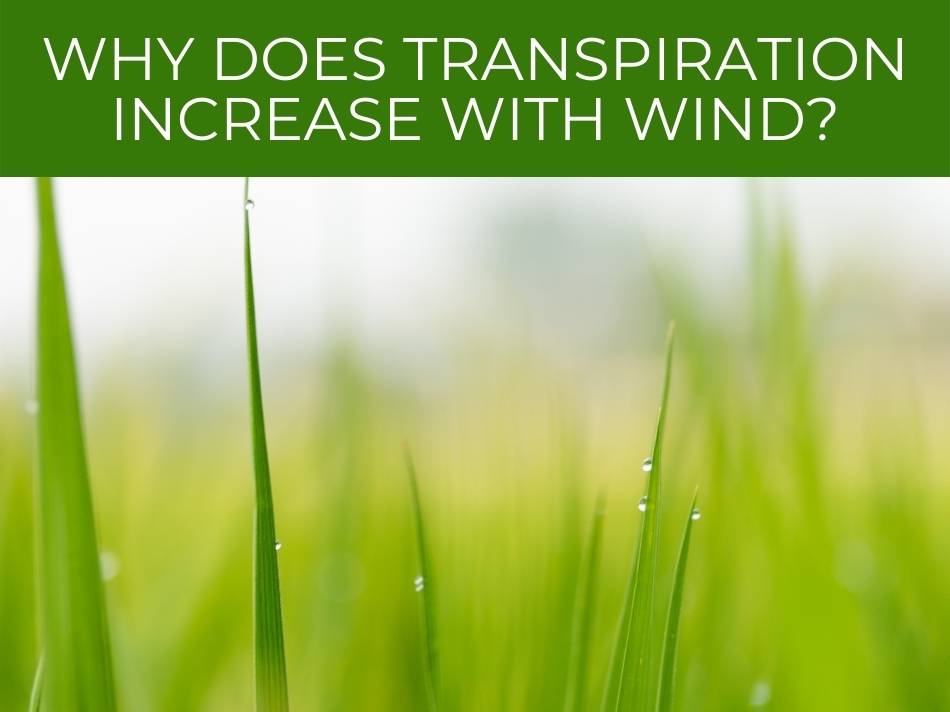
Why does transpiration increase with wind?
Wind has the effect of moving the water vapor that forms a layer over the surface of a leaf. As it moves, the water vapor being diffused from the plant can move more quickly into the air. This increases the rate of water vapor and thus transpiration.
The rate of transpiration is affected by the amount of water vapor that can escape from a plant efficiently.
Wind moves leaves and so the boundary layer of water vapor that covers the leaf is moved.
The drier air stimulates the guard cells to open the stomata wider, which lets more water vapor escape.
Because there is no longer a barrier to move through, the water vapor can get into the air more immediately.
This means that wind increases transpiration.
How does light increase transpiration?
Increased light increases transpiration because the stomata in the epidermis of the leaves to open wider to take in more light for photosynthesis. As the stomata open, they allow more water vapor to leave the plant, which directly increases transpiration.
Sunlight is one of the essential inputs for photosynthesis in a plant.
When the guard cells open the stomata to take more light in, it also means that more water vapor can escape.
This increases the rate of transpiration.
See out complete article on how light affects transpiration.
Conclusion
Along with humidity, temperature, and light, wind is one of the factors that affect transpiration. When the wind blows, it effectively removes barriers to the water vapor escaping from leaves, and transpiration is increased.

